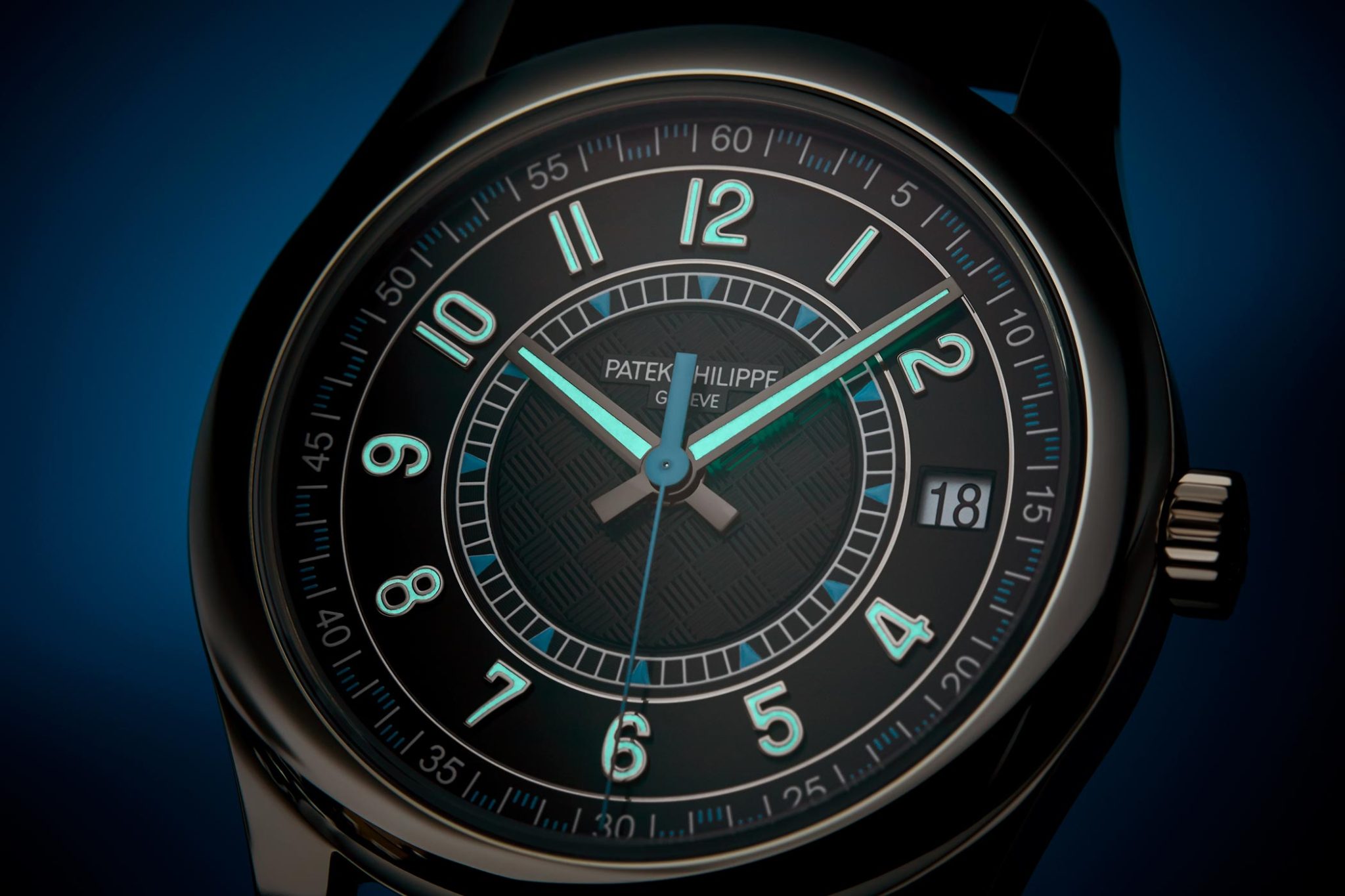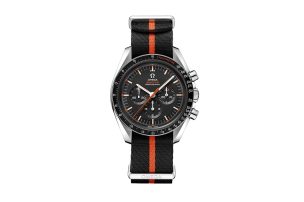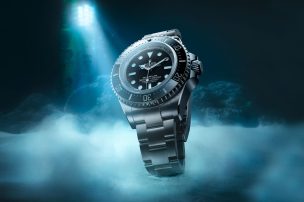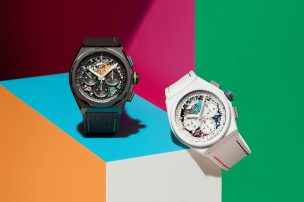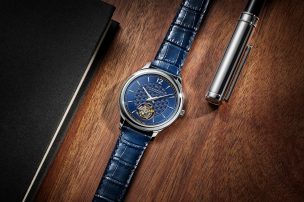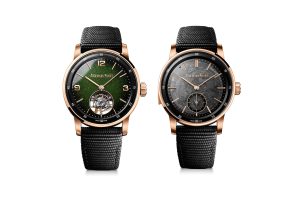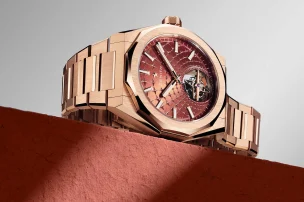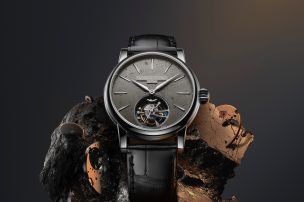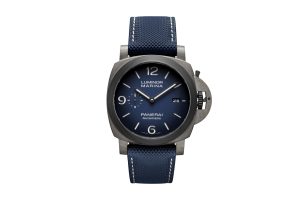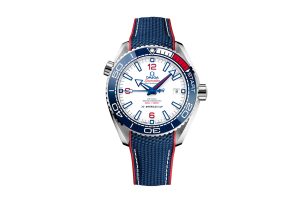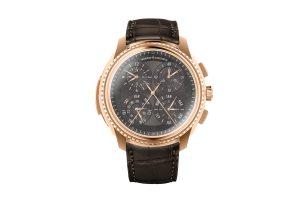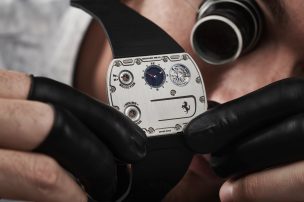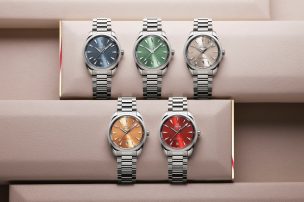
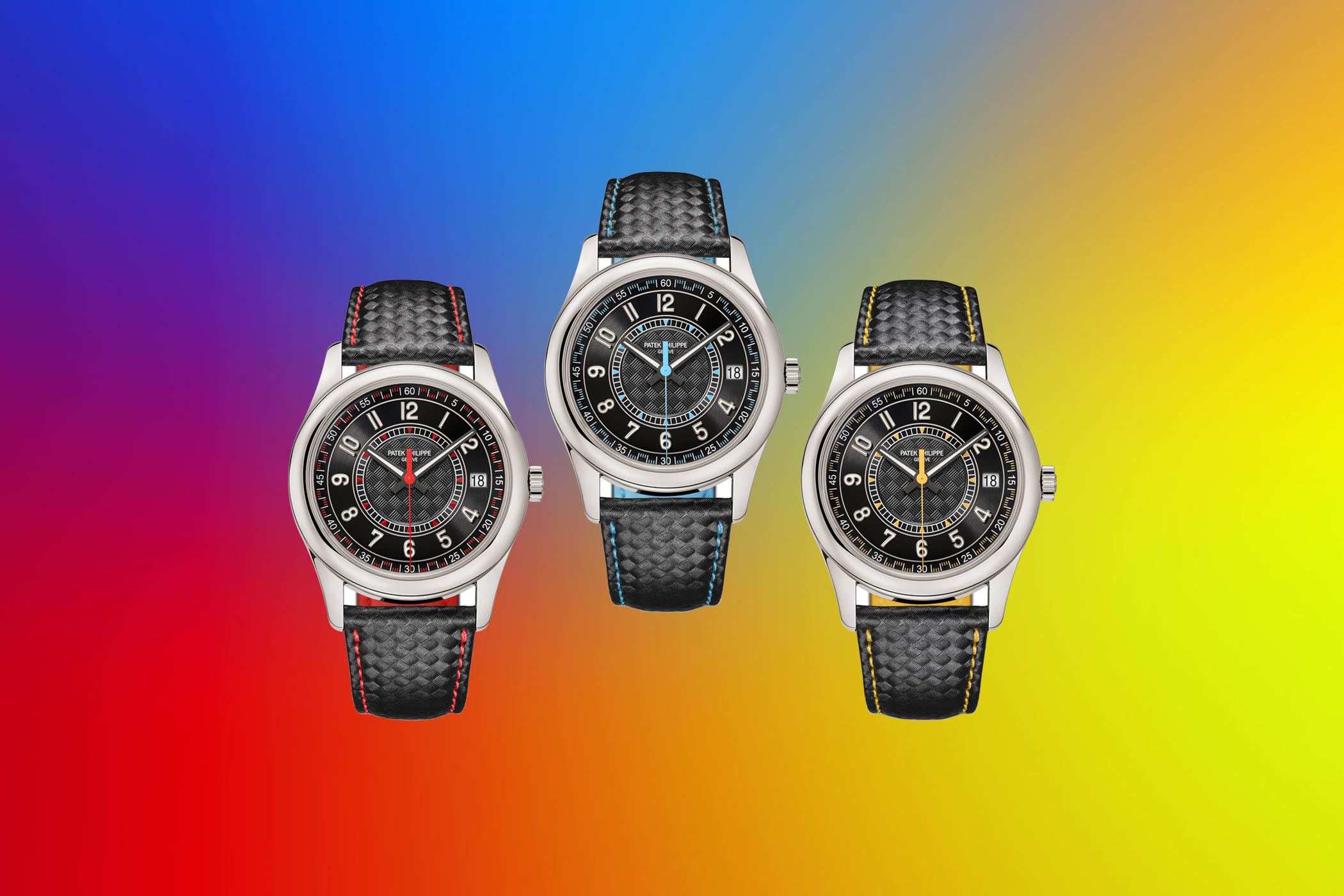
Watches & Wonders 2023: Three New Patek Philippe Calatravas Reference 6007 – Now Also in White Gold
Three new timepieces have arrived, and they’re braced for an inevitably passionate exchange of opinions amongst collectors. The Calatrava collection is, on the one hand, deeply rooted in the history of Patek Philippe. Describing it as an ‘entry-level line’ is actually out of the question, because everything that distinguishes the manufacture and makes it so highly respected can be found in the Calatrava models. On the one hand, part of the self-image of the models is that they are actually noticeable for their restraint.
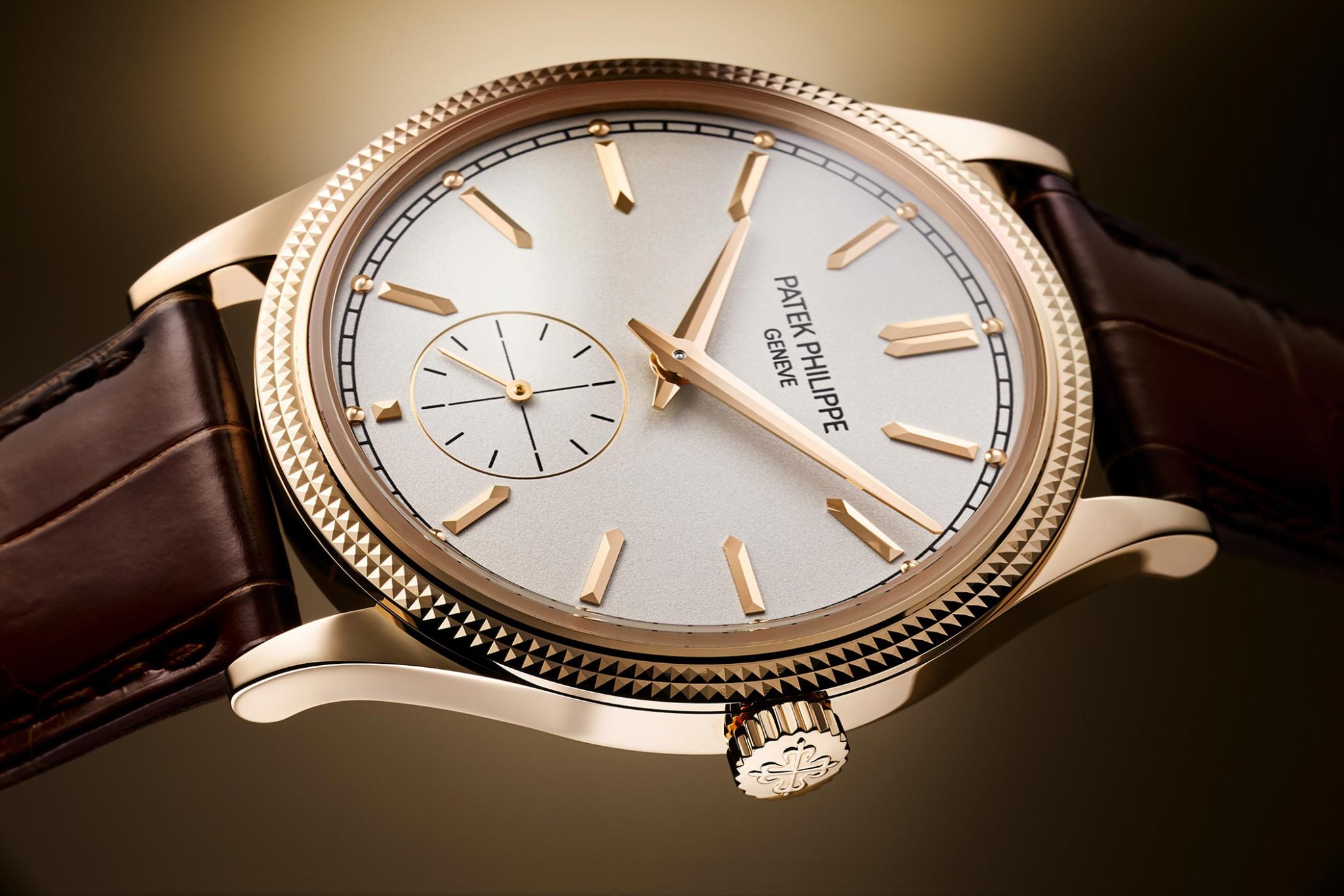
Yet it is precisely in this regard that the three new variations of the Reference 6007 take a somewhat different approach, featuring bright yellow, red or sky-blue accents. On the other hand, Patek Philippe is not prepared to hesitate in the face of tradition; rather, the courage to use colour stands for a pursuit of the future, for a constantly evolving design language, and for a new generation of what is still a very classic three-hand watch.
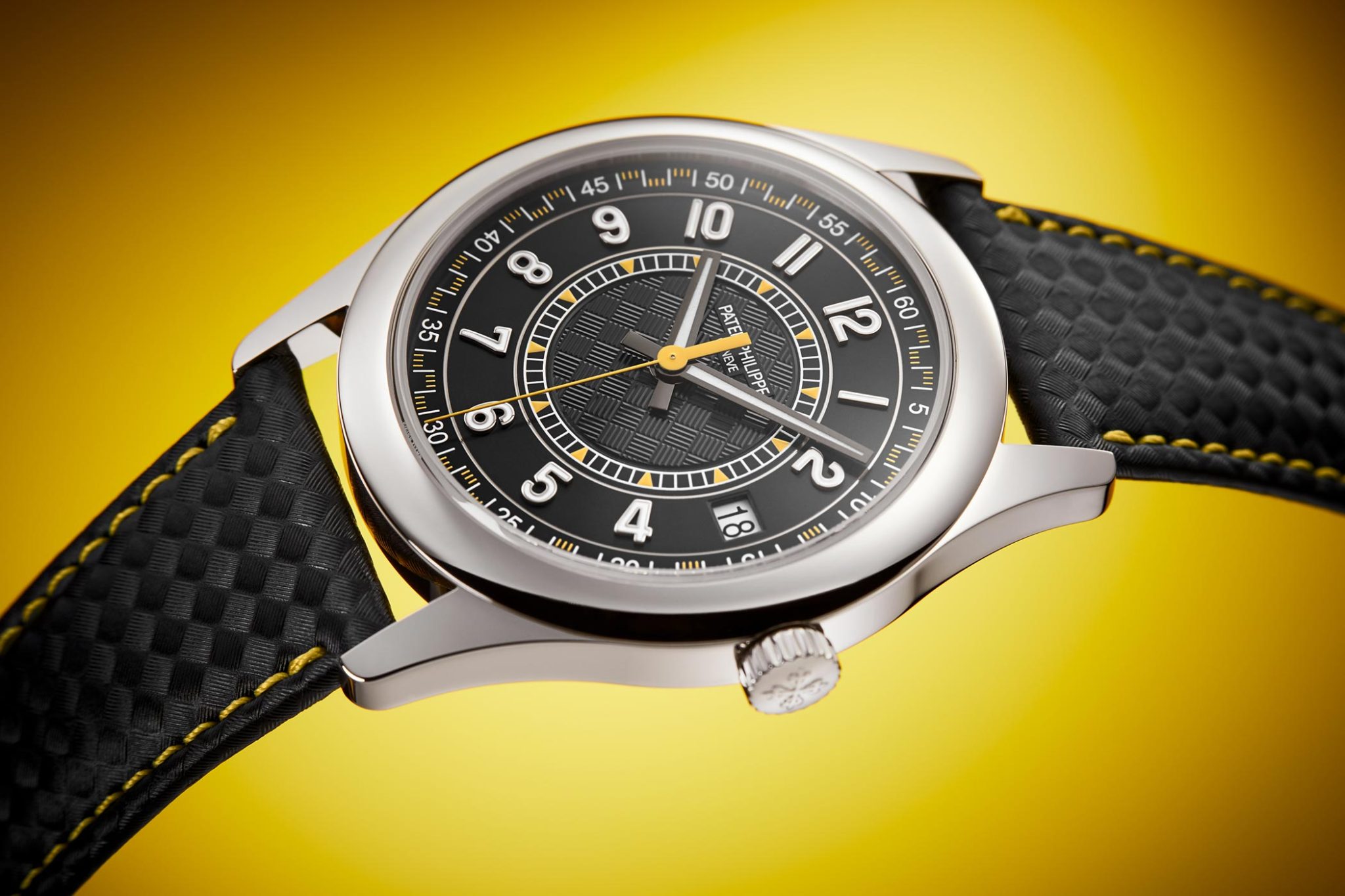
Yellow, red, and light blue: Calatravas with sought-after predecessors
The new references 6007G-001 (yellow), 6007G-010 (red) as well as 6007G-011 (sky blue) are ultimately the precious metal successors of the 6007A-001, which was presented in 2020 following the completion of the new 600-million-franc manufacture building in Plan-les-Ouates. Steel, limited to 1,000 pieces and grey-blue in colour, it was coveted by collectors, sold out virtually on the day of its introduction, and is now traded on the pre-owned market at a significant premium to its then selling price of 25,506 euros. Read all about the Limited Editions here.
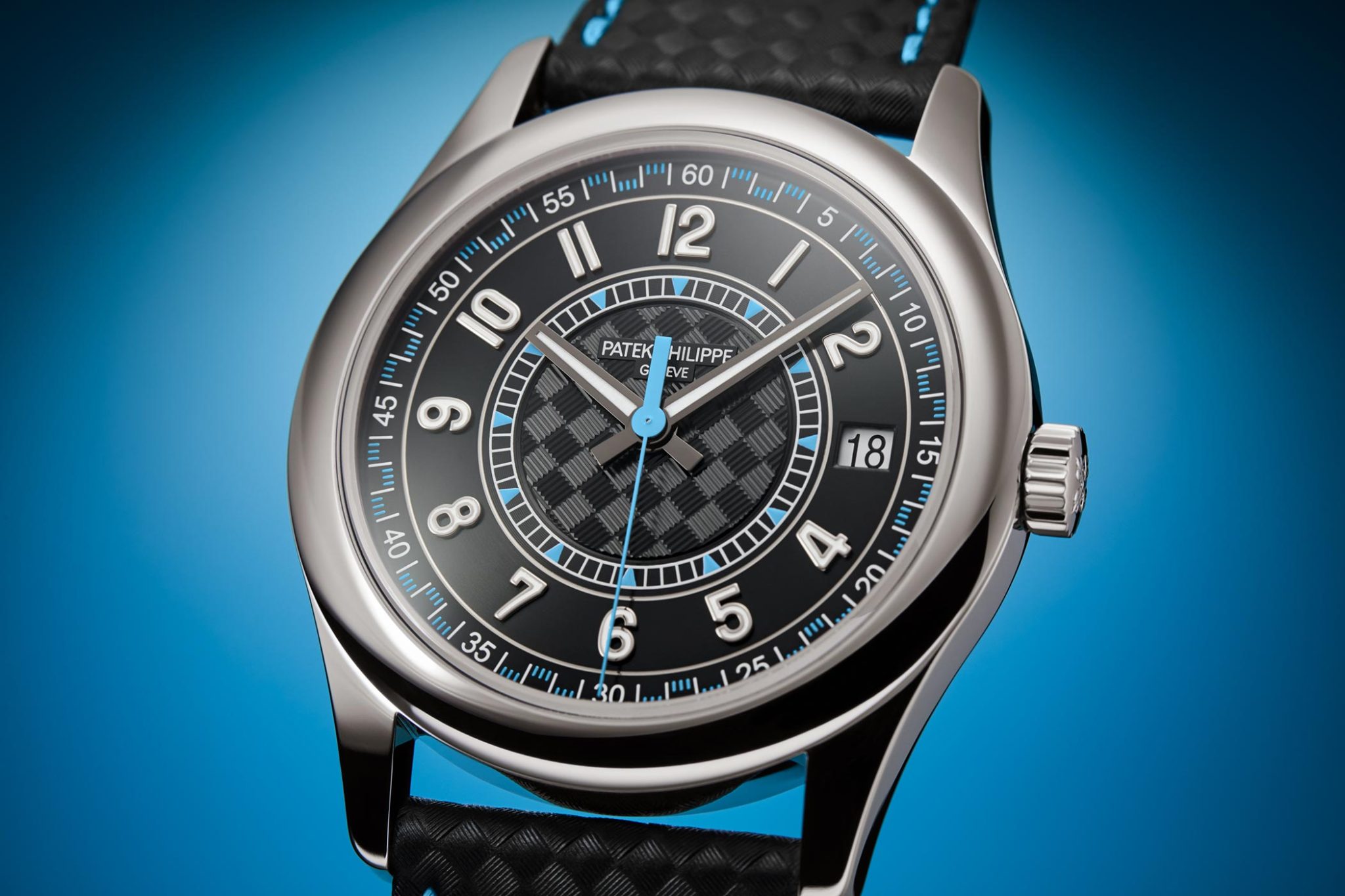
Housed in a white-gold case, all variations share an ebony-black dial, featuring a modern-looking carbon structure in the centre. This motif was first introduced in the limited edition 6007A, and was then later found last year in the Reference 5935A, the World Time Flyback Chronograph. The latter featured a rose-gold dial, and according to Patek Philippe, the pattern gives the watch ‘a modern and dynamic touch’. On the three new Calatravas, this pattern is now even embossed on the calfskin straps. Perhaps this is done in the spirit of ‘two is better than one’ – or it’s simply because the appealing quadrangular carbon look is to become an integral part of the dynamic, younger models.
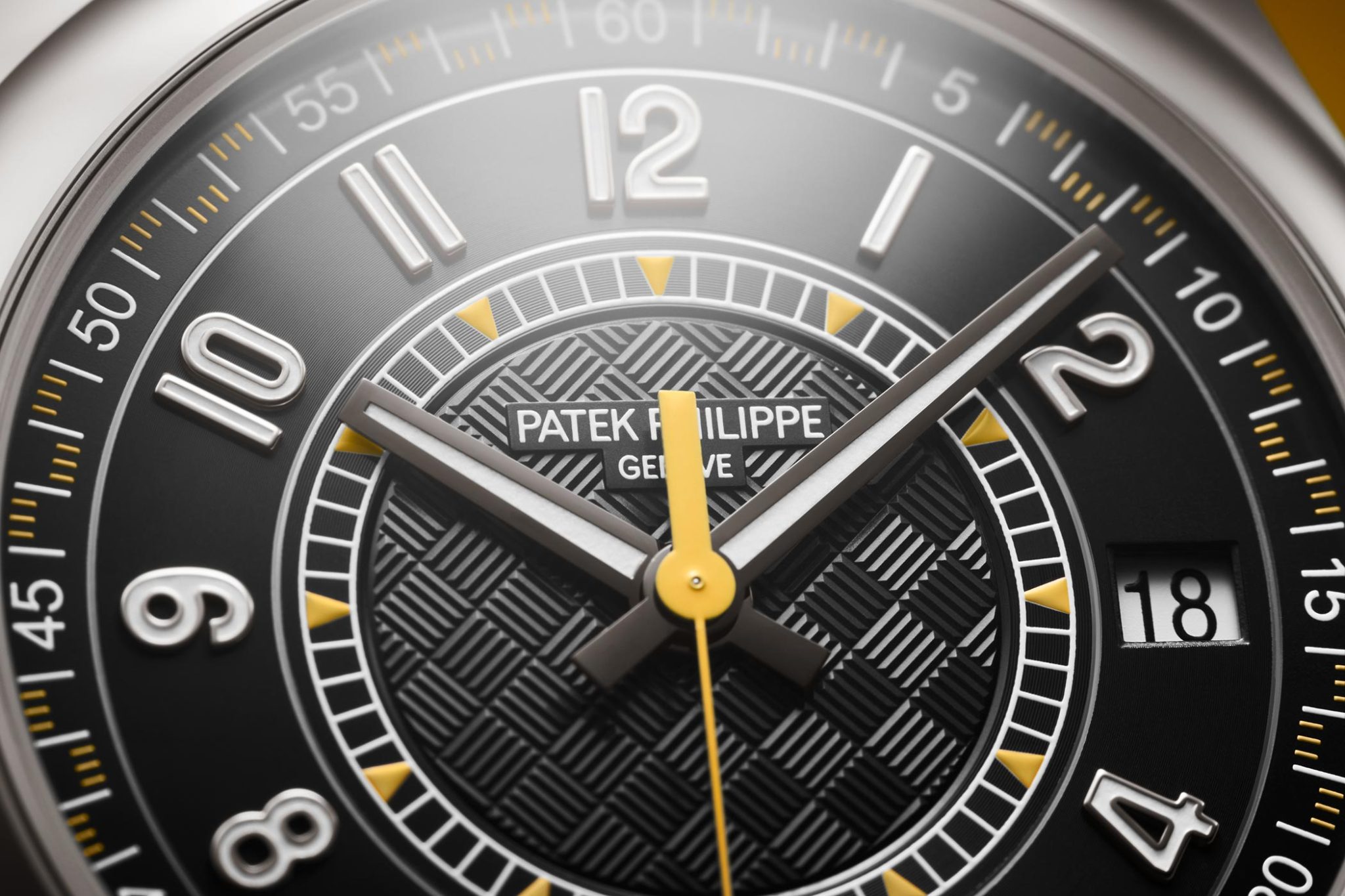
At three o’clock, these Calatravas feature a date display, while the Arabic numerals are luminescent, as are the hour and minute hands. The contemporary 40-mm diameter and height of around ten mm also look good on slimmer wrists. The white-gold models are powered by the automatic calibre 26-330 S C, which also distinguishes them from the steel 6007, which still relies on the well-known calibre 324.
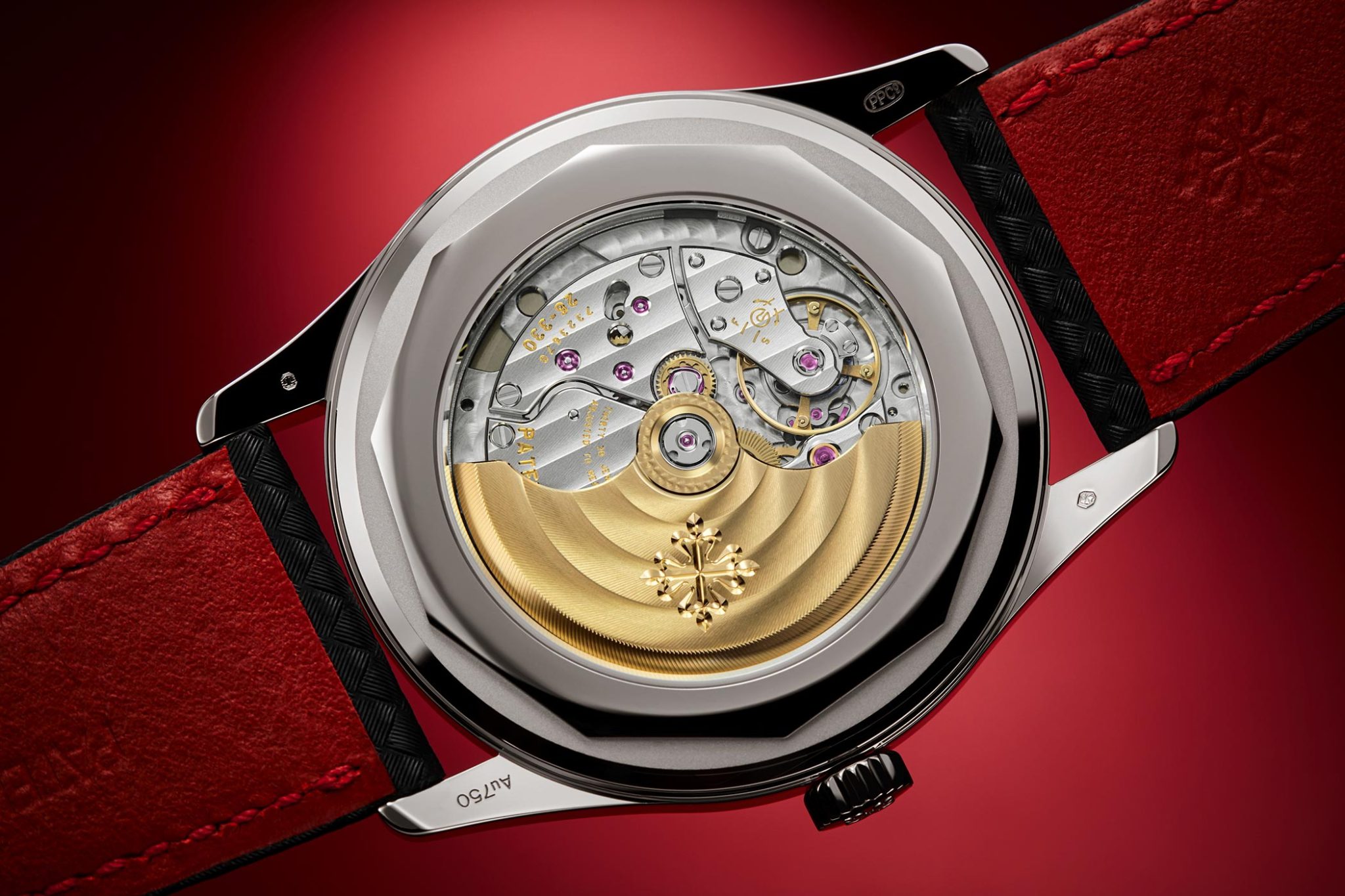
The trend towards colour
All in all, the three novelties are a prime example of ‘small cause, big impact’. The contrasting-coloured stitching on the bracelet, the vibrant second hand and the yellow, red or sky-blue accents on the minute and hour tracks give these Calatravas a very unique, modern look. The Patek Philippe collector community is likely to discuss how colourful a watch from the house should be. Another related topic will be whether Geneva will follow the trend and, albeit with a little delay, enter the waters of the coloured Rolex Oyster Perpetuals, which have inspired a wide variety of brands from Breitling to Seiko.
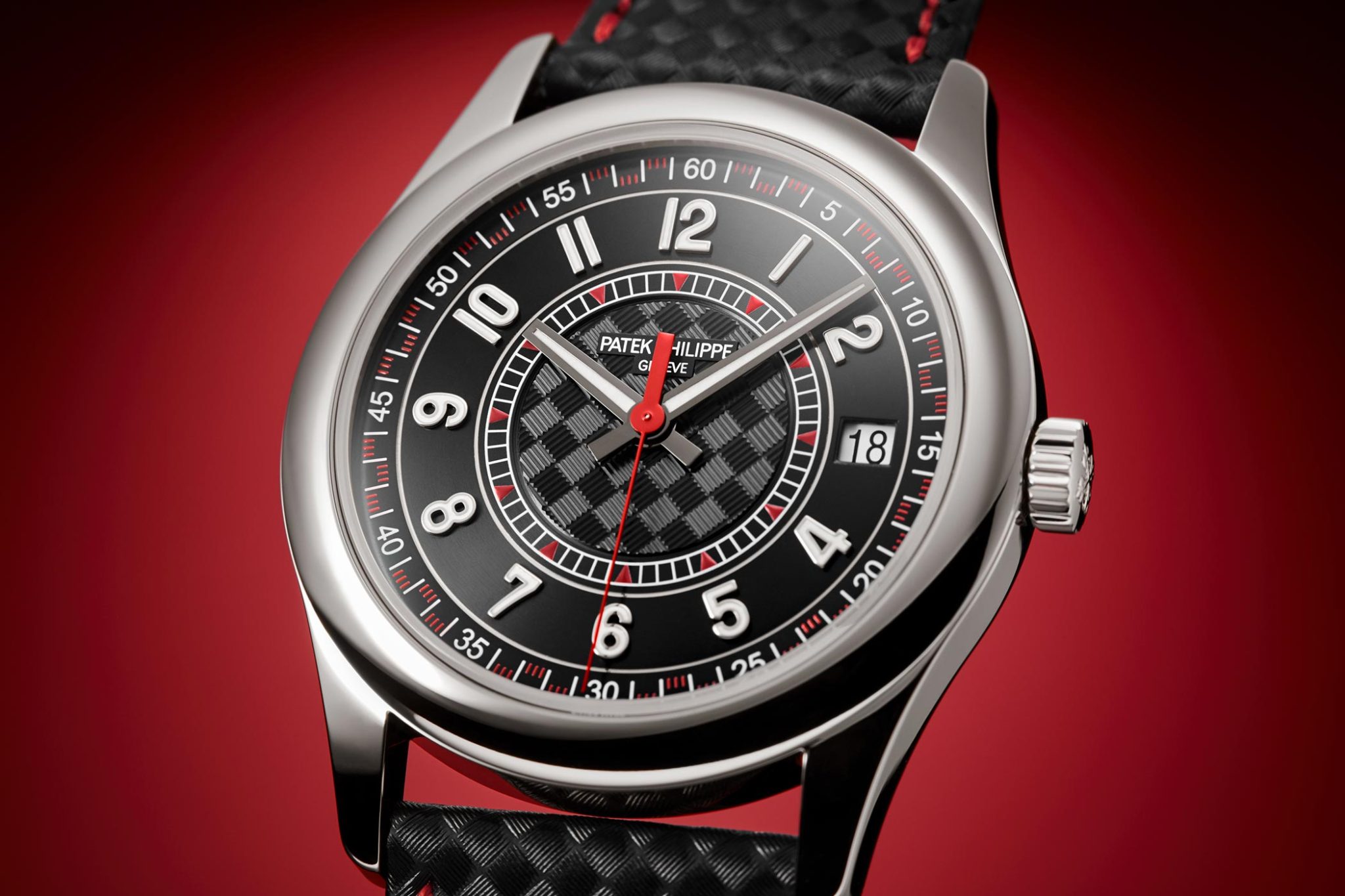
One thing is certain, however: small colour accents are nothing new in the recent history of Patek Philippe. One need only look at the Grandes Complications of the horology house and at models such as the Reference 5470P, the monopusher chronograph with 1/10th of a second and red tenth of a second hand, or the 5373P, the split-seconds monopusher chronograph with perpetual calendar for left-handers, which has also been given a touch of red. Splashes of colour have also been allowed for one-off pieces in the past. Moreover, hardly any brand has inspired the desire for models with a sky-blue colour theme as much as Patek Philippe itself, with the infamous Tiffany & Co. blue Nautilus.
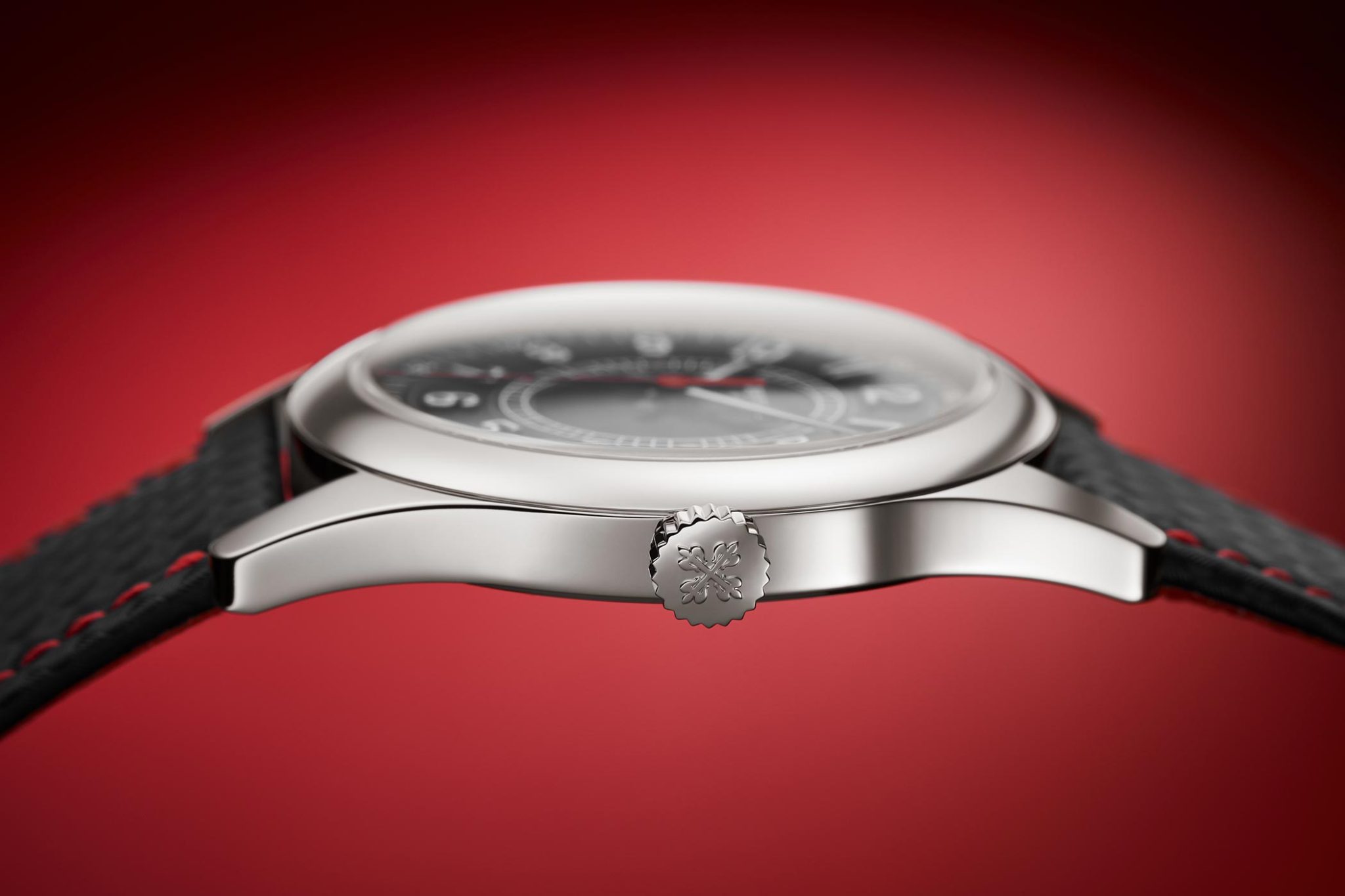
Calatrava models for the next generation
What Patek Philippe is presenting here is thus anything but the exotic relatives of the stock-conservative Calatrava family. They are models that are presumably intended to appeal to a younger generation of collectors. They are three-hand watches that can still be worn with a suit, but they also go well with a more relaxed outfit. They are without question the sportiest Calatravas by far, and they certainly prove that if anyone can square the circle, it’s going to be the future-focused traditionalists surrounding the Stern family.
